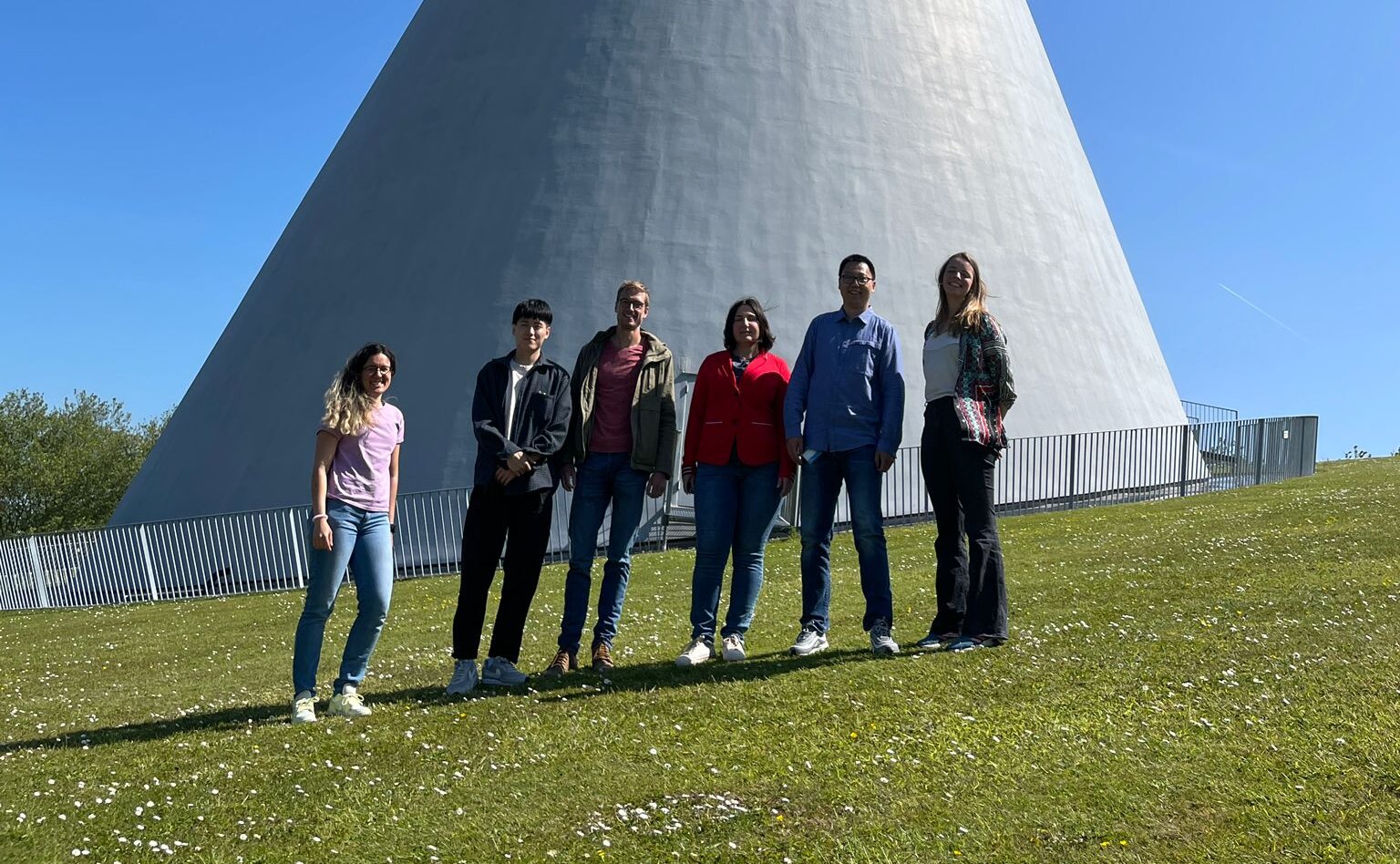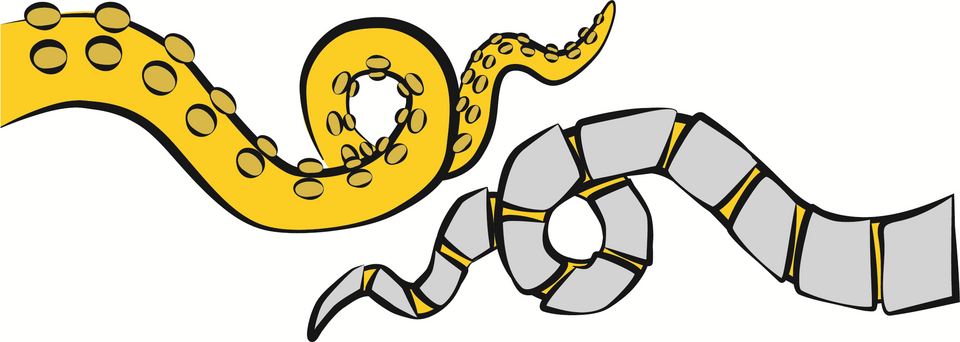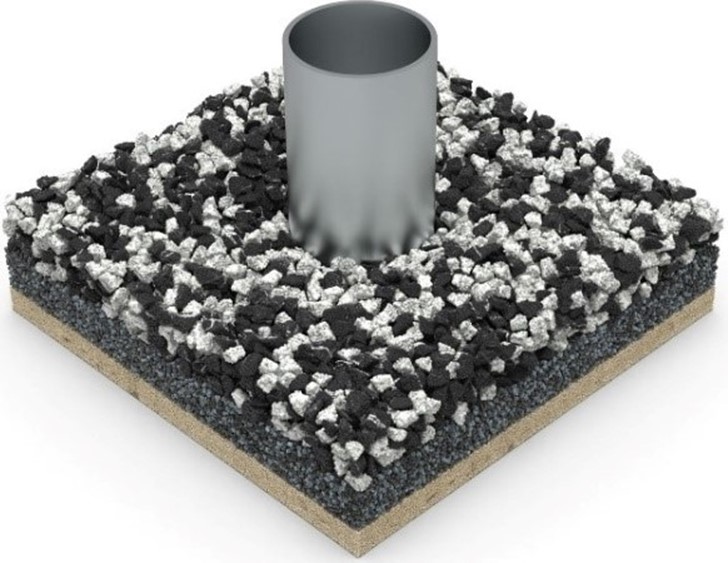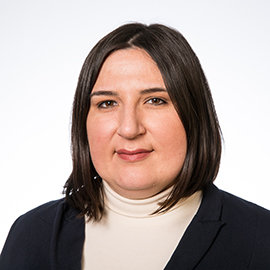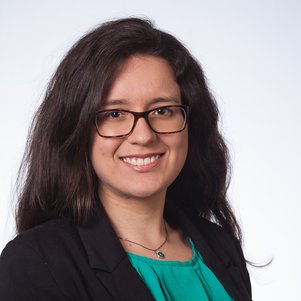In a world that is constantly changing, Joint Jigsaw: Adaptive Metastructures, Mechanisms and Machines Research Group is focused on adaptation. We develop “Adaptation by Design” approach that can revolutionize the maritime industry and the transport technology by utilizing the changes in their environment, from extreme weather to varying operational conditions. Adaptive structures have the ability to recognize the changes in their environment and adjust internally to respond in a desired way.
Adaptive functionality comes from the combined effort of the nonlinear structure geometry and the nonlinear smart materials, in response to the environmental changes. Smart materials like shape memory alloys or polymers, responsive hydrogels, and piezoelectric materials enable “Adaptation by Design”. The advantage of “Adaptation by Design” is increasing efficiency, reliability and performance while reducing complexity, due to the encoded functionality, rather than incorporating it as an additional feature later in the design process.
To enhance the adaptability of transport machines for goods handling we explore metastructures with tailored properties for shape morphing, wear reduction or energy absorption. Parametric and generative design as well as machine-learning techniques are applied for design exploration and optimization. Topology optimization and shape optimization approaches are integrated with nonlinear behaviour of structures. Uncovering the potential of smart materials into the design of adaptive machines requires understanding the scaling up effects from property side as well as from functionality perspective. The developments in the additive manufacturing domain can support the applicability of tailorable properties in large-scale structures.
For the structural analysis of transportation equipment we use Finite Element Method (FEA) and Multi Body Dynamics (MBD). When coupled, they are used to study the influences of the different loads by checking a number of design criteria such as: stress levels, deformations, buckling, eigen frequencies and fatigue.



